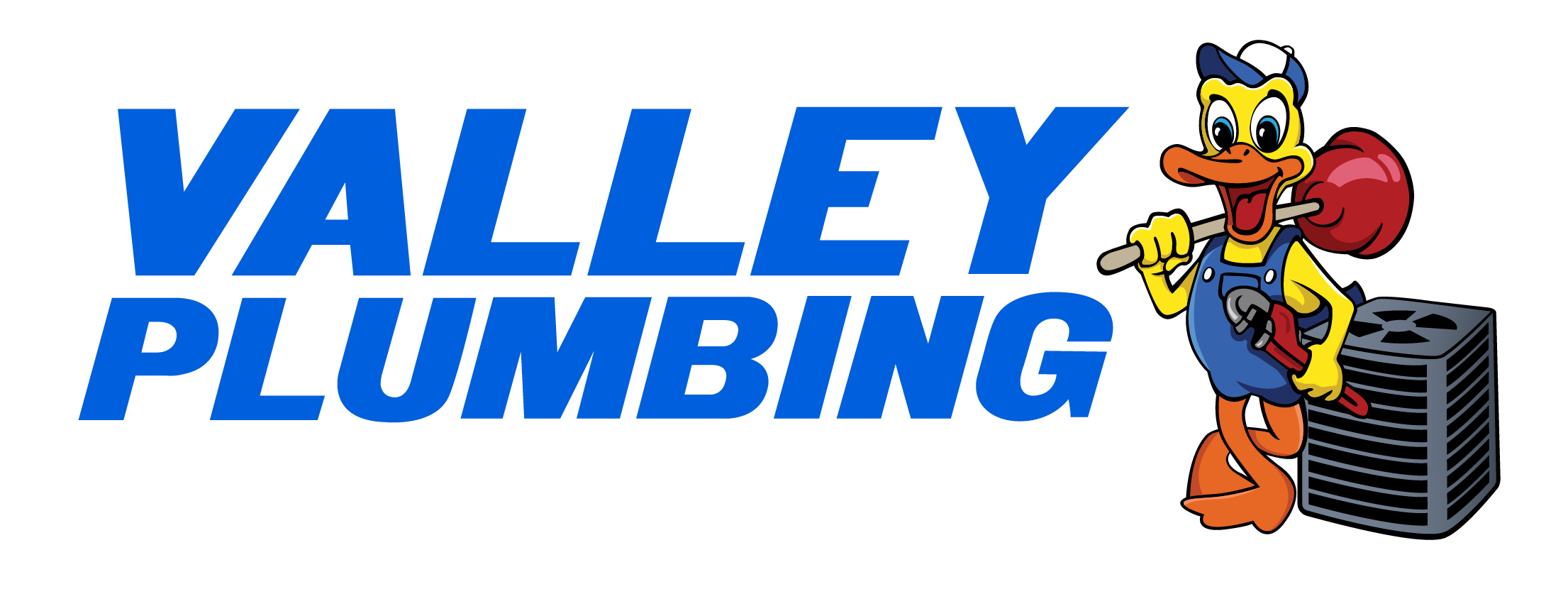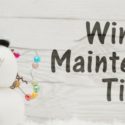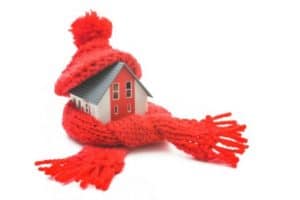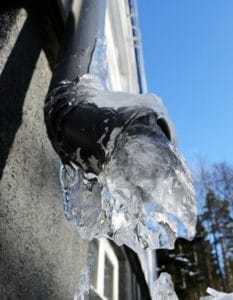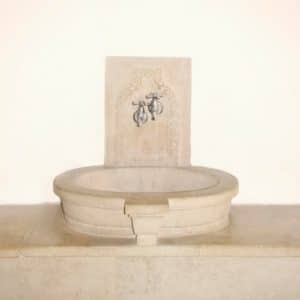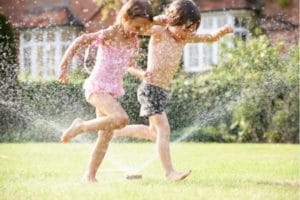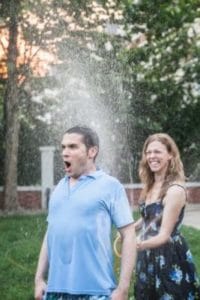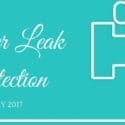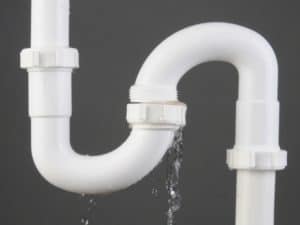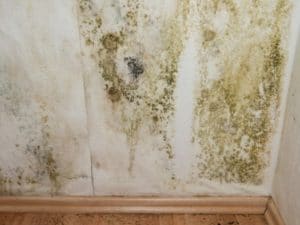2018 is a new year and of course, plenty of people are making resolutions at the start. For many, one of those resolutions will be to manage money better.
One way you can do this, every day, in small ways, is through better plumbing/water management. We have four tips for you to follow that can help lower your water bills every month.
Try a Self-Serve Car Wash

However, if you live near a self-service car wash, you can pay a fraction of the price to wash your car there. More importantly, you are not using up gallons and gallons of your own drinking water that’s just spraying down your car, getting infused with cleaning chemicals, then going straight into the sewer. Washing your car with this option can actually keep your water bills low, without costing you more on the wash itself.
Plug Up Leaks
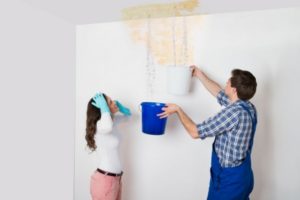
Check your water meter to see if it has a leak indicator. Or, just take a reading, stop using all water in the house for 10 minutes to an hour, then see if the water meter has gone up anyway. If it has, you’ve got a leak. Get it fixed, to solve the problem!
Recycle Water for Your Garden
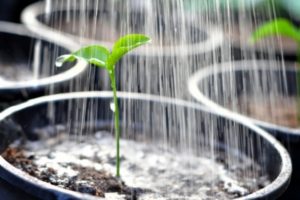
However, these plants are also not too fussy about the kind of water that they get, as long as it’s relatively free of very strong chemicals.
This is where “grey water” comes in, which is just another word for gently used water, such as that put into the service of cooking, washing or bathing. Another great source of grey water is a rain barrel put somewhere on your property. You may not want to drink any of this water, but your plants will happily accept it, and it saves on your bills.
Shower More with Updated Fixtures
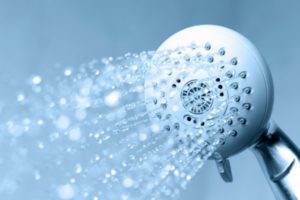
To get the biggest savings, however, you need an updated showerhead. Showerheads installed before 1992 are “unrestricted” meaning they don’t benefit from any water saving designs features. With a modern shower head, even at high pressure, you only use 2.5 gallons per minute!
Get a good start on your resolution to be smarter about money with our tips. By following them, you can put a sizable dent in just how much water you pay every month, and put those savings towards things that are more fun or more sensible, in Salt Lake City, UT, the choice is yours!
